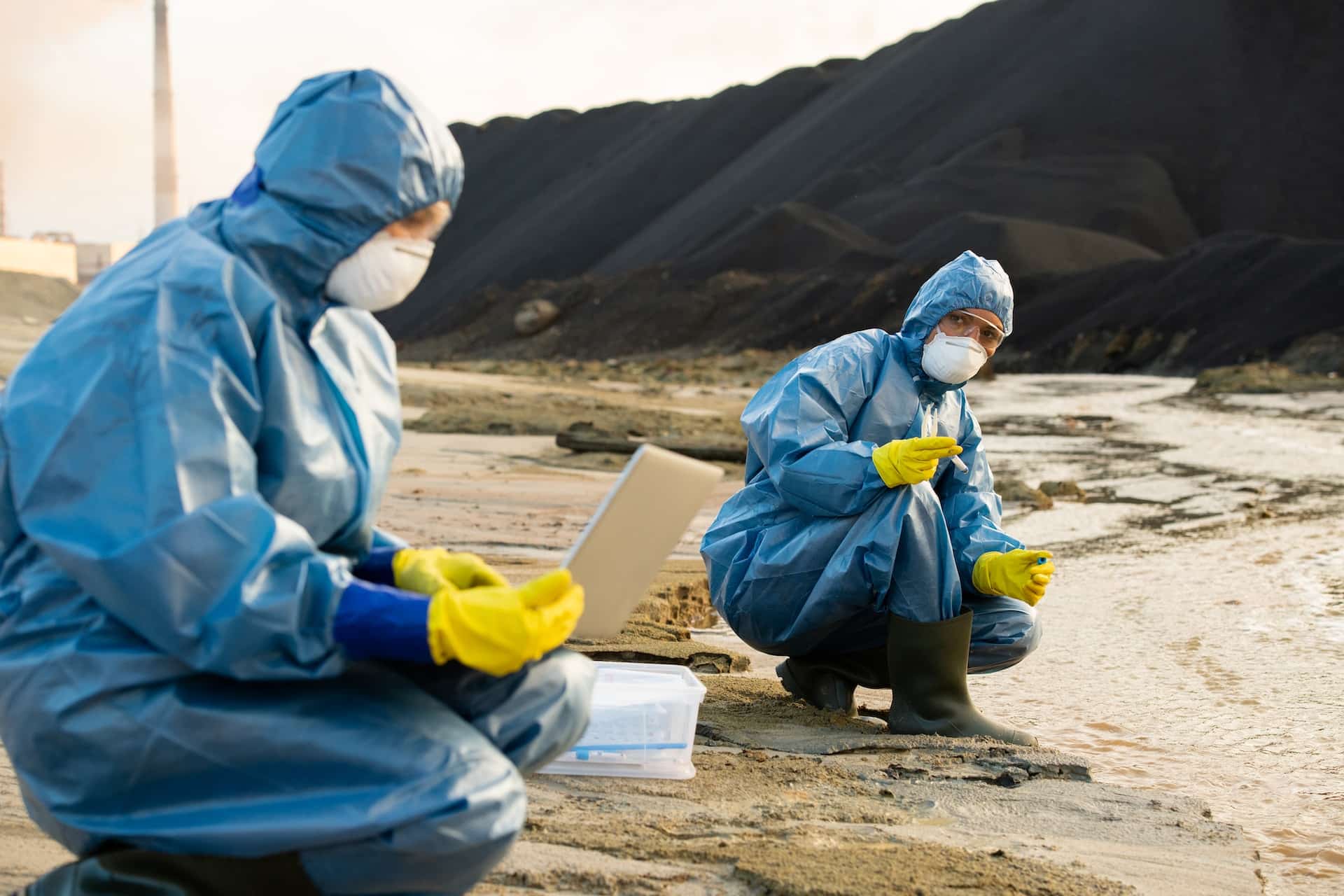Soil serves as the foundation of ecosystems and plays a crucial role in supporting life on Earth. With increased human activities such as agriculture, construction, mining, and waste disposal, the health and quality of soil have become a significant environmental concern. Soil testing is an indispensable tool for evaluating soil health, managing environmental risks, and promoting sustainable development for the benefit of communities and ecosystems alike. In this article, we will delve into the crucial role of soil testing in environmental management, the advantages of professional soil testing services, and how Woods Environmental Services assists in formulating effective soil assessment and management strategies for sustainable development.
Soil testing is the analysis of soil to determine its physical, biological, and chemical properties. The information gathered through soil testing assists in identifying potential contamination, evaluating fertility, and determining the suitability of the soil for various land uses. With the data obtained from soil testing, stakeholders can better understand the challenges and opportunities associated with their projects and make well-informed decisions to minimize environmental impacts and ensure responsible land development.
Soil testing is a fundamental component in several aspects of environmental management, including site assessments for property development, agriculture, pollution control, and ecological restoration, among others. By identifying potential issues such as contamination, erosion, or nutrient imbalances, soil testing enables the implementation of targeted management strategies that address specific environmental challenges while promoting healthy and sustainable ecosystems.
Key Components of Professional Soil Testing
Professional soil testing comprises a comprehensive evaluation of a site’s soil properties, typically through a combination of field and laboratory analyses. Some key components of professional soil testing include:
- Physical properties: Assessing the soil’s texture, structure, and permeability to determine factors such as water holding capacity, compaction, and erosion risks.
- Chemical properties: Evaluating the soil’s pH, nutrient levels, and potential contaminants, such as heavy metals or organic pollutants.
- Biological properties: Analysing the soil’s microbial activity and composition to gauge the overall health and fertility of the soil.
- Site-specific factors: Examining factors unique to the site, such as its geology, hydrology, and previous land-use history to better understand the potential environmental implications of the planned development or activity.
By gaining a thorough understanding of these components through comprehensive soil testing, stakeholders can make informed decisions that support the long-term sustainability of their projects.
Applications of Soil Testing in Environmental Management
Soil testing plays a significant role in various aspects of environmental management. Some noteworthy applications of soil testing include:
- Property development: Soil testing can help developers gauge the suitability of a site for construction by providing information on soil bearing capacity, contamination risks, and environmental constraints. This information ensures the selection of appropriate construction techniques and materials, while also aiding in the obtainment of necessary permits and approvals.
- Contaminated land remediation: Soil testing is paramount in identifying contamination issues, enabling the development of targeted remediation strategies to address specific pollutants and restore the site to a safe and usable condition.
- Agricultural management: Soil testing helps farmers and agronomists determine nutrient requirements, evaluate fertility, and implement sustainable farming practices that enhance crop production while mitigating environmental impacts.
- Ecological restoration: Soil testing can facilitate the identification of degraded soil conditions and guide the implementation of appropriate restoration techniques, helping to restore the resilience and biodiversity of ecosystems.
The Benefits of Collaborating with Experts for Soil Testing
Partnering with experienced professionals like Woods Environmental Services for soil testing provides several benefits, ensuring that stakeholders have access to accurate, reliable information and expert guidance:
- Compliance with regulations: Collaborating with experienced environmental consultants ensures that your soil testing adheres to local, state, and federal regulations.
- Technical expertise: Working with professionals who have a deep understanding of soil science and environmental management enables more accurate interpretations of soil test results, ensuring that suitable strategies are developed to address specific challenges and opportunities.
- Access to advanced technology: Experienced consultants utilise cutting-edge technologies and laboratory analysis techniques to generate accurate soil test results, enhancing the effectiveness of soil management decisions.
- Ongoing support and consultation: Professional environmental consultants can provide ongoing support and advice during the construction or management process, ensuring that stakeholders remain well-informed and are able to adapt their strategies as needed.
The Role of Soil Testing in the Context of Climate Change and a Sustainable Future
Given the growing recognition of climate change’s impacts on ecosystems, soil testing is increasingly relevant for managing the related risks and building a more sustainable future. Soil testing can:
- Enhance carbon sequestration: Soil testing can help land managers identify soil management practices that increase the soil’s capacity to store carbon, contributing to climate change mitigation efforts.
- Foster ecosystem resilience: By identifying and addressing soil degradation issues, soil testing can support the development of more resilient ecosystems that are better equipped to adapt to changing climate conditions.
- Preserve natural resources: Soil testing can inform the responsible use and conservation of natural resources, such as water and nutrients, by ensuring that land-use practices align with sustainable development goals.
- Reduce pollution: Soil testing can aid in the identification and mitigation of pollutants, leading to better management of contamination sources and the prevention of pollution migration within and across ecosystems.
Conclusion
Soil testing plays a critical role in environmental management and sustainable development by providing stakeholders with the knowledge needed to make informed decisions that respect the environment and adhere to regulations. By collaborating with experienced professionals like Woods Environmental Services, you can ensure the accurate assessment and effective management of soil health, contributing to the creation of healthier communities and ecosystems. So, let’s work together to embrace responsible development practices and drive positive change for a sustainable future. Contact our environmental consultancy company now.

